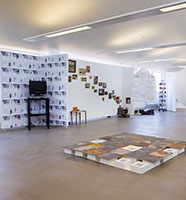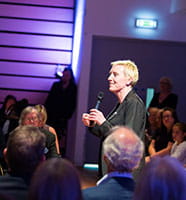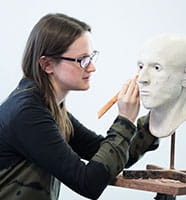Teaching Informed Research
Evolving the research-teaching nexus
Aims of the Teaching Informed Research project
A popular perception of ‘research informed teaching’ is that teaching benefits through being informed by research – even if it is conducted independently. This ongoing project, taking place in the Design Lab, aims to develop a new, collaborative alignment between teaching and research in creative disciplines, in which teaching informs research.
The project
Each year a tremendous body of innovative work is produced by students in creative disciplines but little of this is captured as research. Subverting the traditional conception of research informing teaching, Teaching Informed Research (TIR) places project work by undergraduate and postgraduate students at the core of research methodology and explores deeper meanings signified by student projects. It is studio teaching and its associated design processes which lead the research, which become the subject of analysis and interpretation, and which dictate the paths that the research follows.
Because student projects are theoretical propositions, they are permitted a high degree of intellectual and creative freedom and can therefore push boundaries in exploring what particular typologies might be. For example, recent TIR projects in the Architecture programme have explored the design of libraries (undergraduate students) and housing (postgraduate students). Outputs arising out of TIR projects have covered methodology and pedagogy, in publications relating to teaching and learning, and discussion and conclusions relating to particular typologies in discipline-specific publications.
Impact
It has been argued that research in applied fields – common to subjects including architecture – is about bringing new approaches to intractable problems and conflicts in the field. A fundamental principle of TIR is that studio work explores issues that are pertinent to contemporary society and culture. For example, recent projects in Architecture have focused on the design of building types that are currently facing significant and contentious challenges. The research draws on the student project work to discuss creative solutions to these challenges across wider contexts such as design, theory and policy. This approach deepens the relevance and impact of the work in local, national and international contexts.





